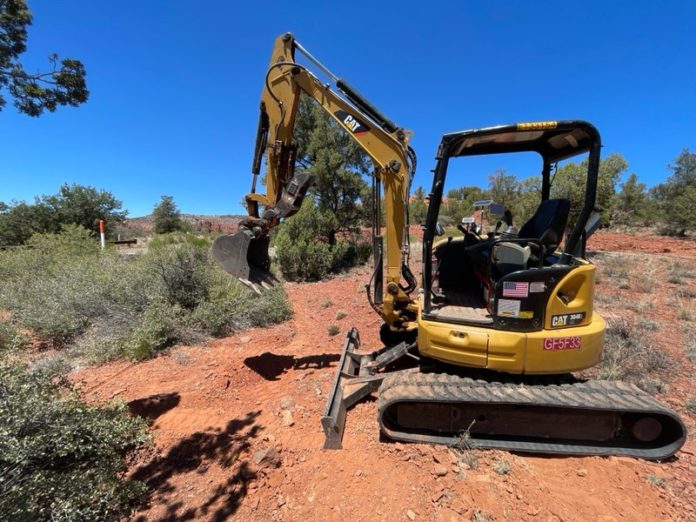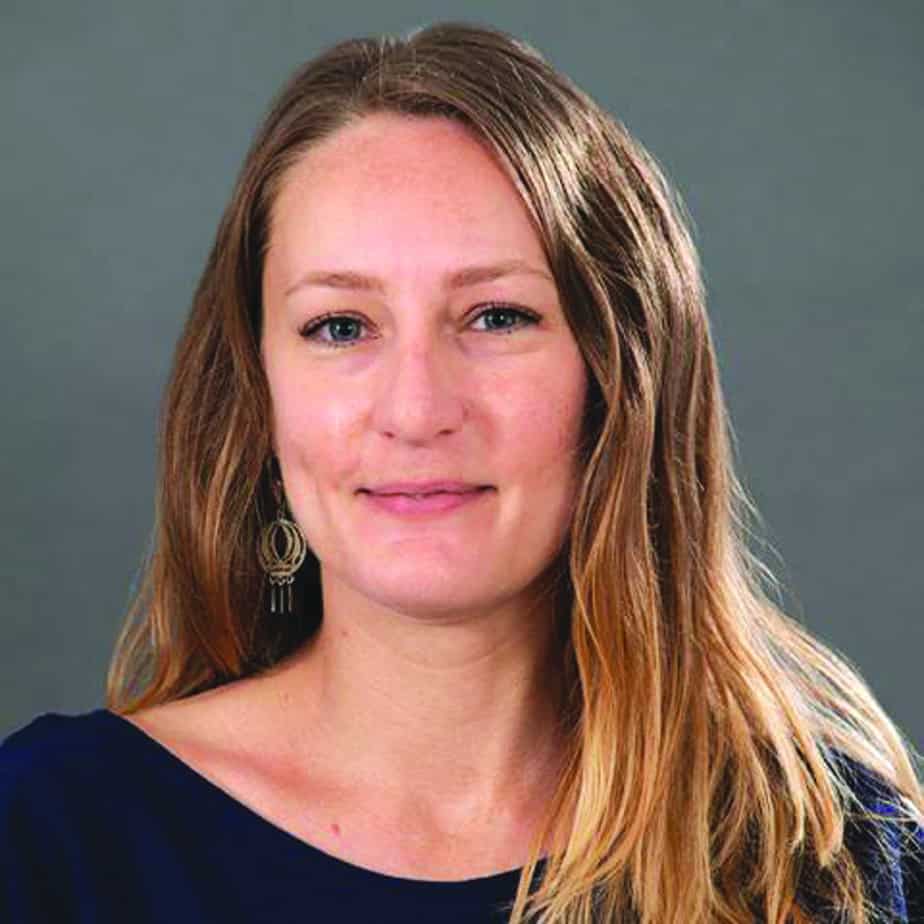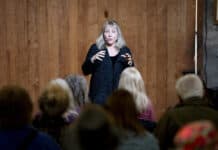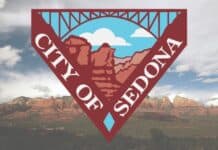
Recently, workers on a home-building project outside of Sedona city limits near Red Rock Crossing unintentionally exposed funerary remains laid to rest centuries ago by some of the Verde Valley’s original inhabitants.
Other funerary remains or artifacts had not been discovered in the project area before, even though much of the site had already been disturbed.
This led Dr. James T. Watson, associate director of the Arizona State Museum, to believe that the people were associated with a known habitation site on Coconino National Forest of the “Sinagua” — a modern name given to the pre-Columbian people who lived in the Verde Valley from roughly A.D. 600 to 1450 — near the project area.
The developer in this case did what state law requires when funerary remains older than 50 years are disturbed in Arizona: They promptly contacted the Arizona State Museum.
When ASM learns of exposed burials, it works to identify the descendants of the people, and then asks the descendants for instructions on how to care for their ancestors and cultural belongings.
The law is a revision of a painful history when the remains of the continent’s original inhabitants were not treated with respect by individuals or institutions.
Before 1990, many state laws protecting funerary remains were weak or only applied to graves marked with headstones.
In 1990, many leaders around the country began to recognize the injustice of not treating ancestral remains with respect and many states and the U.S. Congress changed laws to require consultation with tribal descendants.
The National Graves Protection and Repatriation Act of 1990 strengthened requirements for federal agencies and institutions receiving federal funds. The same year, Arizona implemented similar requirements for consulting with tribal descendents.

In one of the fastest growing states in the U.S., accidental disturbances of burials happen on building projects in Arizona every year.
In the Verde Valley, before white settlers used the bountiful waters of Oak Creek to grow grapes and apples, Yavapai, Apache and Pueblo ancestors also lived near the water.
When construction crews expose funerary remains, the Arizona State Museum’s repatriation office coordinates between landowners and descendent communities to protect the dignity of the deceased and resettle them according to their descendents’ wishes.
“Each year we receive more than a dozen calls pertaining to the disturbance of these cultural remains,” Cristin Lucas, assistant repatriation coordinator with the Arizona State Museum, said via email. “These events occur regularly and are painful to the communities with whom we work; we thus strive to act with the utmost care and cultural sensitivity in these situations. This means that we do not discuss or publicize these events out of respect for the privacy and dignity of the deceased and their descendent communities.”
Lucas said that another reason the office doesn’t publicize the events is its belief that the tribes involved should have a say over what information, if any, to share.
Lucas is serious about her office’s commitment to discretion. She bristled when the Sedona Red Rock News contacted her last week to find out if the office was aware of information it received about a disturbance of ancestral remains at the construction site because the Yavapai County Sheriff’s Office was not aware of the situation nor were people in the local archaeology community contacted by the NEWS.
Eventually, the NEWS confirmed with Arizona State Museum that the home builders followed the law and let the Arizona State Museum handle the process from there.
“The developer complied with the law in a timely manner and worked diligently to meet the needs and requests of the tribes,” Lucas wrote.
Scott Shumaker can be reached at 282-7795 ext 117 or by email to sshumaker@larsonnewspapers.com


















